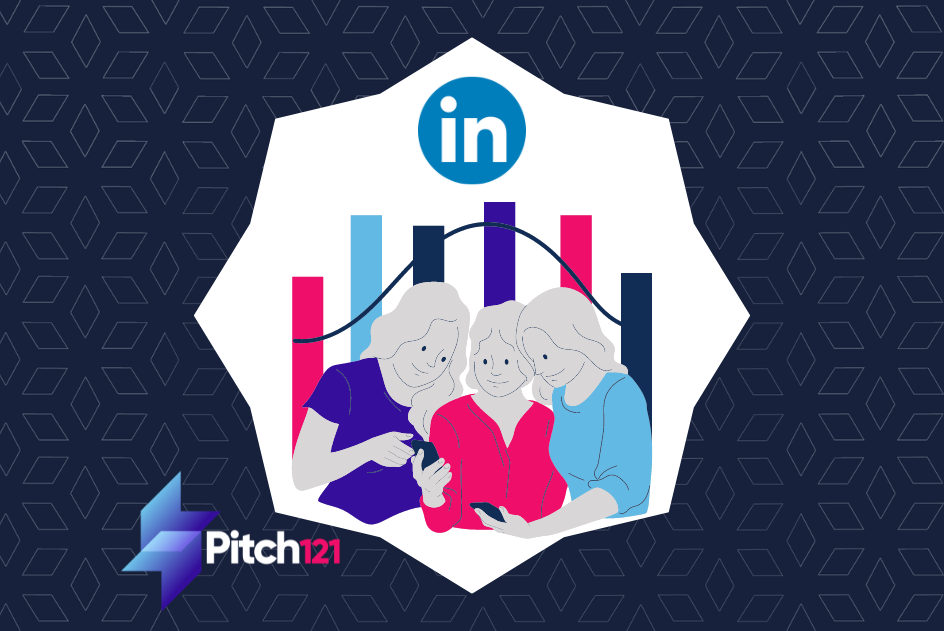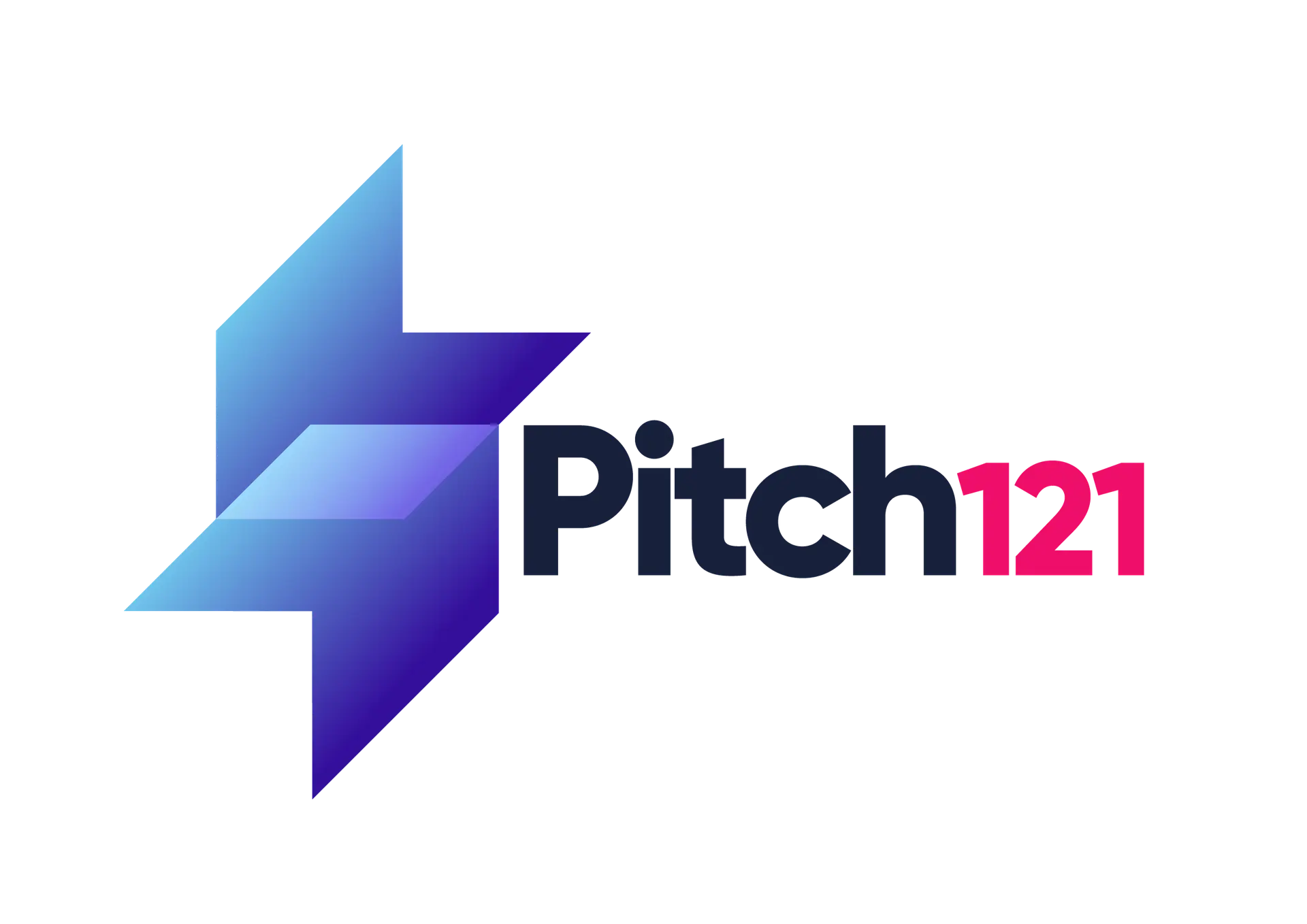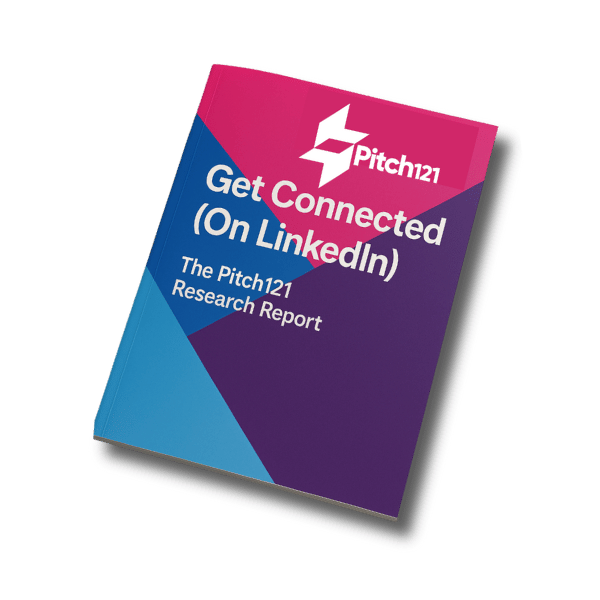The Linkedin algorithm is a complicated beast and can be pretty confusing, but it’s worth understanding how it works in order to get the most out of your time on the platform.
In this article, we’ll look at what kind of content works best and how to make use of that information.
What is the Linkedin algorithm and how does it work?
The Linkedin algorithm is a complex set of rules that decides which content is shown to users on their homepage and in their newsfeed.
It takes into account a variety of factors, including the user’s profile, interests, connections, and recent activity.
The algorithm tries to determine what kind of content each individual user will find most relevant and engaging.
Basically, the algorithm tries to determine what kind of content each individual user will find most relevant and engaging.
There are a few key factors that will always influence whether or not your content gets seen:
Influencing factors:
- Whether the content topic is trending – the wider appeal, the farther it goes.
- How people have responded to, and engaged with, the post (ie. did they stay on the post, click see more, click on links, like and comment?).
- The format of the post, as some formats are naturally shown more than others.
- Whether or not people have previously engaged with your content.
- If you have been having inbox conversations with your audience
- If you’ve recently connected
- If you’ve engaged with your audiences’ content previously
- The hashtags used, and the hashtags you follow and use
- The authority of the user posting (i.e., how popular they are – How LinkedIn views them, e.g. completeness of profile)
- How recently the post was added
- Location of the poster and audience.
The algorithm is also constantly evolving, so it’s important to keep track of any changes and adapt your content strategy accordingly.
So, content is king, but where to start?

You can hack the algorithm if you like (read on, and I’ll let you know how),. but ultimately, your post will only do really well if the content and topic interests people.
Subject Matter
If you can make it about a problem or outcome that can be achieved by your target (with your service) then your content can lead directly to people self identifying themselves as in the buying mode, or problem aware.
Check out what’s already been popular on other social media platforms and adapt it for Linkedin. Would you find it interesting and engage with yourself?
What have you been speaking to your clients or prospects about, what questions, problems are they talking about – if it is affecting one of your clients, there’ll be others in the same boat.
Look out for seasonal topics (eg. mental health awareness week). Using a National Days calendar, or signing up for updates, can help you keep abreast of what’s happening inspire new posts.
Regularly checking in on the LinkedIn hashtags you follow will help you stay ahead of trends. See what Daniel Roth, the VP Editor of LinkedIn tells us is trending in his creator newsletter too.
For hot news, relevant to your industry try setting up some Google Alerts. This way you’ll get updated as soon as something happens, letting you get ahead of the curve and post first.
See what Daniel Roth, the VP Editor of LinkedIn tells us is trending in his creator newsletter.
Be brave, different people will engage with different topics, going a little out of your comfort zone goes a long way.
Quality
In addition to the content being topical and consumable, It’s also vital that your posts are also high quality in their presentation.
If publishing photos try to ensure that they are clear and relevant to the subject matter. If you’re struggling for inspiration, check out Unsplash and Pixabay for free images. Just be sure to credit the creator at the end of your post, where appropriate.
Proofread. Don’t let your post down with a silly typo. Even better, ask a colleague or friend to proofread for you. It’s easy to miss mistakes when reading your own work. We naturally fll in the gaps because it’s all in our heads.
Consider sentence structure and readability. Web tools and apps can help with this. I like Hemmingway. It identifies sentences that are a little too long and disrupt the readers’ flow. Don’t worry about the use of ‘hedging words’. If you remove these, you can sometimes lose your tone of voice and that’s what makes your content unique!
Format
Take away some of the searching – have 3 pillars of types of content you share, re-purposing the same content into different formats. This technique saves lots of time and gets the most out of great content you’ve made.
You can also re-jig a previously well performing posts a few months later, publishing them in a different format than last time.
Here are some formats you can try:
- Infographics – Pdfs, where people need to click through to get more information – shows high levels of engagement.
- Videos – People have to watch the video for 3 seconds for it to count as a view, so often video posts don’t show as many views as a text-only post. Don’t be discouraged – people seeing you on video keeps you strongly front of mind, and turns up the ‘know, like, trust’ factor.
- Images related to your industry or profession – with you in them – pop a photo of you, and watch your post fly!
- Lists or roundups of useful information.
- Quizzes or polls have high engagement so tend to do well.
- Sharing of high-value content that people request in the post.
Don’t stop there – comments count
Good insightful comments increase dwell time (and, of course, demonstrate engagement). Have you ever spent time scanning an article online, and more time on the comments and conversation under it?
Good insightful comments increase dwell time
If a conversation kicks off between 3+ people, the commentary is organically growing into another piece of content which is sticky. LinkedIn loves this and so will try maximise it.
Encourage conversation, by talking directly to the person reading the post.
Ask for their thoughts, opinion, and additional information. Be very clear as to what they should give their opinion on, and just ask one thing. If it gets complicated, people will move on.
Try to inspire decent, lengthy, and insightful comments on your posts. They will make the algorithm, and your audience, very happy!
The most important thing is to find what works best for you and your audience. Keep experimenting until you find something that really resonates.
Finally, the Linkedin algorithm is always changing, so it’s important to stay ahead of the curve and I can help with that!
…
Learn More:
For further information, check out the Pitch 121 learn with us section by clicking here
If you have any questions, please reach out to a member of the Pitch 121 team. We would be super happy to hear from you.
Web: www.pitch121.com
Email: [email protected]






